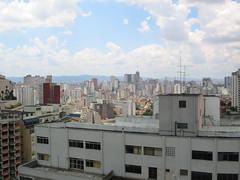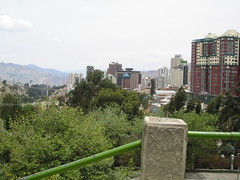The bus station in Santiago of Chile is one of those places where time is suspended between the heat and the coolness of the night. When from any bus appears a new face, this immediately triggers a sudden excitement, typical of those little tricks of daily living. The bus station is always a fork in the journey of endless choices. After a brief consultation to decide whether to continue the travel toward the green and southern Switzerland, toward Concepcion and the legendary University of Bio Bio, toward Puerto Montt and his project of sustainable city (district heating, heat pumps especially from Baumann technology and an innovative composting system for organic waste through the work of earthworms), we decided to turn our eyes toward the north to the Atacama Desert. We leave Santiago slowly, hampered by a colorful procession of malabaristas, street artists who protest against the ban to exercise their art in the streets of downtown Santiago. We meet to party and discuss in the typical Peñas, places where you can listen and dance some cuecas of Violeta Parra and Victor Jara’s ballads, perhaps accompanied by delicious empanadas, pastel de choclo with humitas and Chilean wine. The meeting is for the next day in front of La Moneda, the historic headquarter of the Chilean president. Place where you will find all the protests of the country, a symbol of the military coup that overthrew Allende in 1973 and led to the long dictatorship of Pinochet.
From Valparaiso the Pan-American highway runs fast alongside the Pacific Ocean, the coast is interrupted by infrequent fishing villages, the coast is bent by the majestic power of the ocean. Distant to be seen, Easter Island lies at the mercy of the currents. In the bus we travel with a young Chilean family, a young woman with three small children, all beautiful. We talk about each other’s differences and we think, a gulf seems to divide us, but then we take a break for lunch on the road and they order a large plate of fries, which they call chorillana, with a huge glass of cola. The world nowadays is liquid, perhaps even more than predicted by Bauman at the dawn of the digital age.





